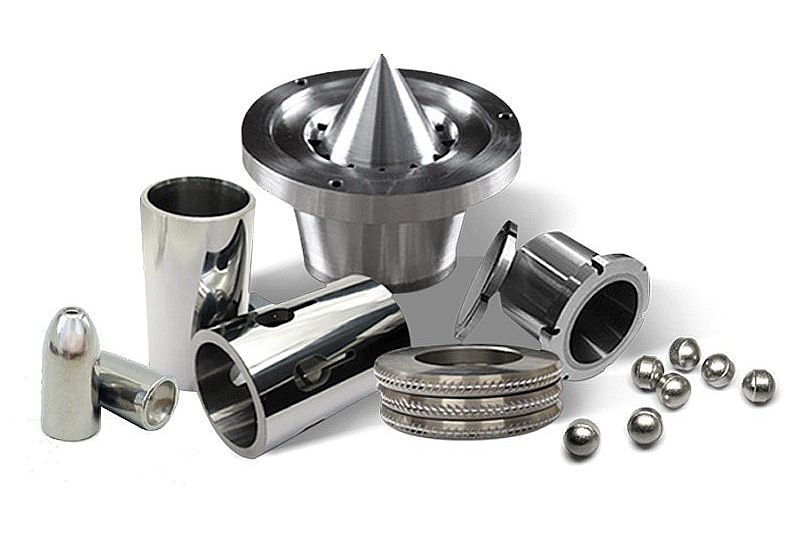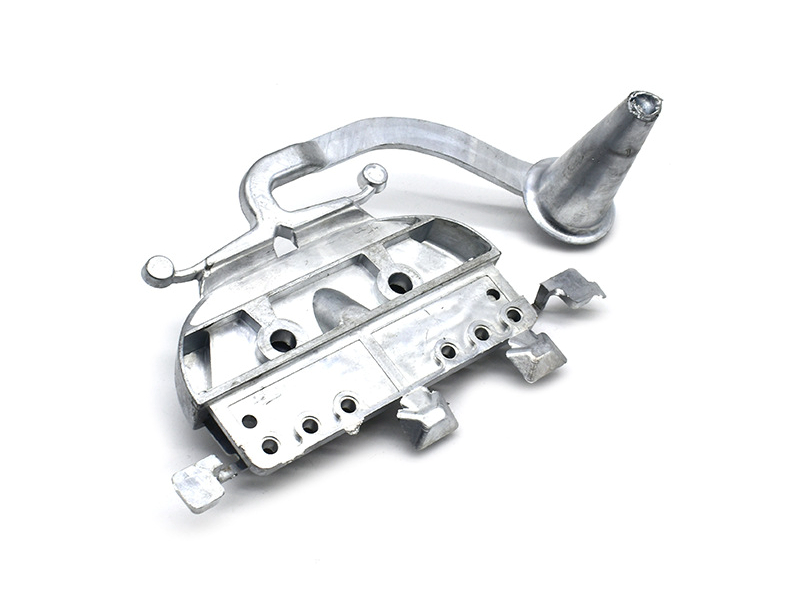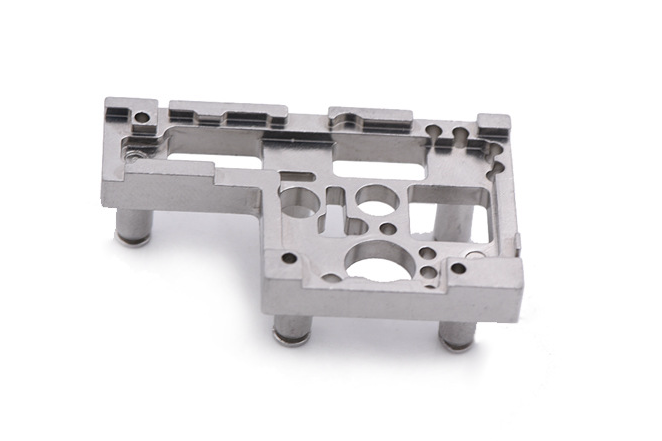What processes suit micro metal structures under 0.3 mm?
Processes for Sub-0.3 mm Micro Metal Structures
Micro metal structures below 0.3 mm require manufacturing routes that deliver extreme precision, stable dimensional control, and the ability to form intricate geometries without excessive tool wear or deformation. At Neway, these components are commonly handled through advanced powder-based processes such as metal injection molding (MIM), ceramic injection molding (CIM) for ceramic-metal hybrid assemblies, and ultra-fine powder pressing molding (PM) when extremely high density is required. Early verification is often performed using CNC machining prototyping or 3D printing prototyping to validate tolerances and functional performance.
Best-Fit Processes and Their Capabilities
Process | Description | Typical Capability |
|---|---|---|
MIM excels at high-volume production of tiny, complex metal geometries using ultra-fine powder feedstock. Ideal for precision gears, locking components, tiny levers, sensor parts, and medical micro-mechanisms. | • Minimal feature size: 0.15–0.3 mm • Tolerance capability: ±0.3–0.5% • Batch debinding/sintering ensures consistency • Supports 17-4 PH, 316L, 440C, MP35N, titanium alloys | |
PM uses fine metal powders compacted in precision carbide dies, enabling sharp edges and extremely small wall thicknesses. Suitable for high strength micro inserts, valve needles, and wear components. | • Feature size: down to 0.1–0.25 mm • Density >95% after sintering • Very low part-to-part variation • Ideal for stainless steel, tool steel, tungsten alloy | |
For microstructures demanding ultrahigh strength or corrosion resistance, Ti-6Al-4V, Co-Cr, and Inconel powders can be shaped reliably via specialized MIM routes. | • Feature size: 0.2–0.3 mm • Precision after sintering • Suitable for implant components, micro turbine parts, and premium mechanisms | |
For insulating or high-wear microstructures, CIM enables 0.2–0.4 mm ceramic features using Alumina, Zirconia, or SiC powders. | • Feature size: 0.2–0.3 mm • Extremely tight tolerance capability • High stiffness and wear resistance | |
Used early to validate geometry before committing to tooling. Suitable for micro grooves, slots, and precision test samples. | • Tolerance: ±0.01 mm • Suitable for small runs only due to tool wear and slow cycles |
Materials Suitable for Sub-0.3 mm Structures
High-performance metals are commonly chosen for micro parts because of their sintering stability and mechanical strength. Stainless steels such as 316L, 17-4 PH, and 440C work well. For superior wear resistance, tool steels like D2 or S7 are preferred. Titanium alloys and nickel-based systems—including Inconel 625 and Stellite 6—support extreme environments and high reliability.
Post-Processes Enhancing Micro-Feature Quality
Micro metal structures often require final enhancement through uniform electropolishing, precision tumbling, or controlled heat treatment. These treatments significantly improve fatigue strength, edge quality, and cosmetic performance while maintaining dimensional accuracy for micro-scale devices.
Industries Using Sub-0.3 mm Micro Metal Structures
In medical devices, micro implant components, springs, and micro-surgical mechanisms rely heavily on MIM and PM technologies. The consumer electronics sector uses micro metal parts in cameras, wearables, and hinge systems. In telecommunication, precision micro-RF parts benefit from ultra-fine powder metallurgy and ceramic systems for stability and insulation.



